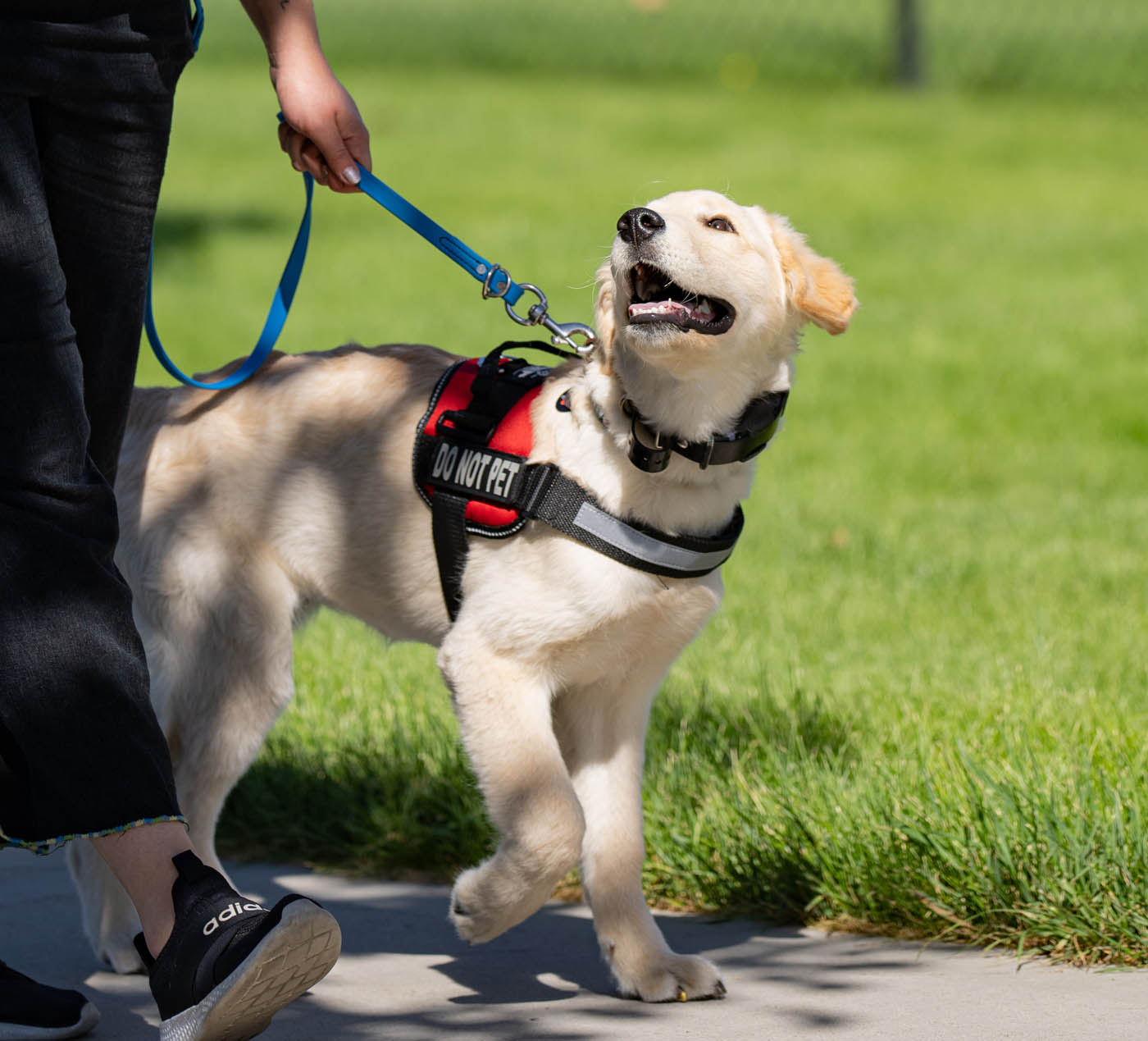Blitz News Digest
Stay updated with the latest trends and insights.
Teaching Your Dog to Speak: Just Barking Up the Right Tree
Unleash your pup's voice! Discover fun tips to teach your dog to speak and transform barking into communication. Get started today!
Top 5 Training Techniques for Teaching Your Dog to Speak
Training your dog to speak can be a fun and rewarding experience for both you and your furry friend. Here are the Top 5 Training Techniques to effectively teach your dog this impressive trick:
- Positive Reinforcement: Reward your dog with treats or praise whenever they make a barking sound. This encourages them to repeat the behavior.
- Use a Command Word: Introduce a specific command like 'speak' when you want your dog to bark. Consistency is key!
- Encourage Playfulness: Engage your dog in a playful game that naturally elicits barking, such as fetch. This can help them associate the command with fun.
- Limit Distractions: Start training in a quiet environment to help your dog focus on learning the command.
- Practice Regularly: Regular short training sessions are more effective than infrequent long ones. This keeps your dog engaged and eager to learn.

Understanding Your Dog's Bark: What They're Trying to Tell You
Understanding your dog's bark is essential for interpreting their emotions and needs. Dogs use barking as a primary form of communication, and different barks can convey various meanings. For instance, a high-pitched bark often indicates excitement or playfulness, while a deep, growling bark may signify warning or aggression. Paying attention to the context in which your dog is barking can help you decode their message. Is your dog barking at the mailman? This could mean they're protecting their territory. On the other hand, barking at a favorite toy might simply reflect their joy.
To effectively respond to your dog's vocalizations, consider the frequency and tone of their barks. Repetitive barking can suggest anxiety or frustration, while varied pitches may indicate excitement. Additionally, observing your dog's body language is crucial when trying to understand their barks. A dog that barks with a wagging tail and relaxed posture is usually expressing happiness, whereas a stiff body and deep barks could point to fear or aggression. By becoming attuned to these vocal signals, you can strengthen your bond with your canine companion and meet their needs more effectively.
Common Mistakes to Avoid When Teaching Your Dog to Bark on Command
Teaching your dog to bark on command can be a fun and rewarding experience, but there are some common mistakes to avoid that may hinder the learning process. One of the biggest errors is lacking consistency in your commands. Dogs thrive on routine and clarity; using different words or tones can confuse them. Always use the same word or phrase, such as 'Bark!', to signal your dog. Additionally, ensure that you are timing your rewards correctly. If you reward your dog before they bark, they may not associate the action with the command.
Another frequent pitfall is neglecting the importance of patience and positive reinforcement. Many novice trainers become frustrated when their dog does not respond immediately. Teaching a dog anything requires time, so it's crucial to remain calm and positive. If your dog doesn't bark when asked, try to encourage them with toys or treats instead of resorting to negative reinforcement. Remember, fostering a productive and enjoyable training environment can significantly enhance your dog's learning experience.